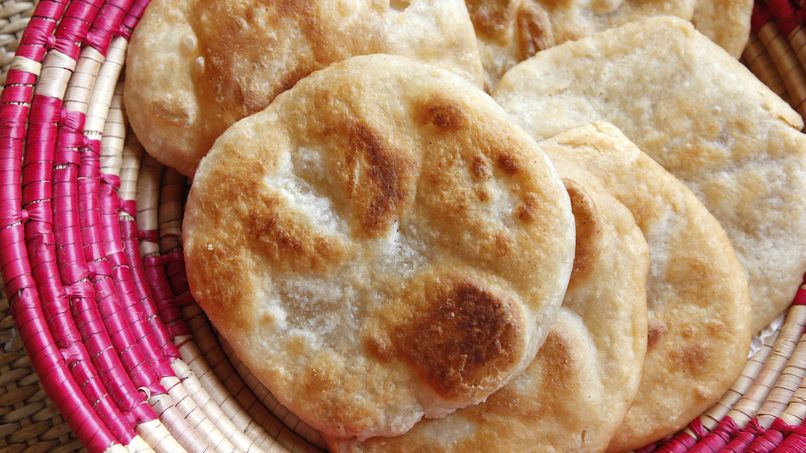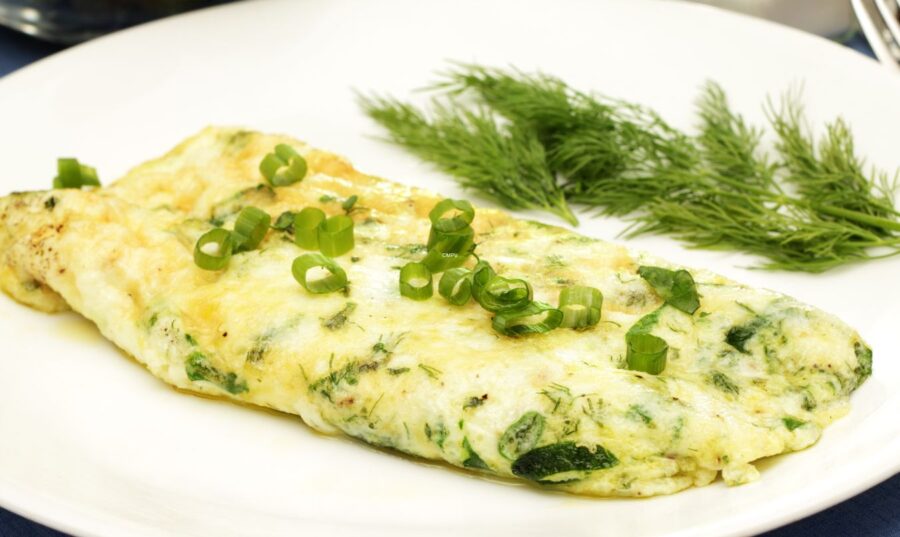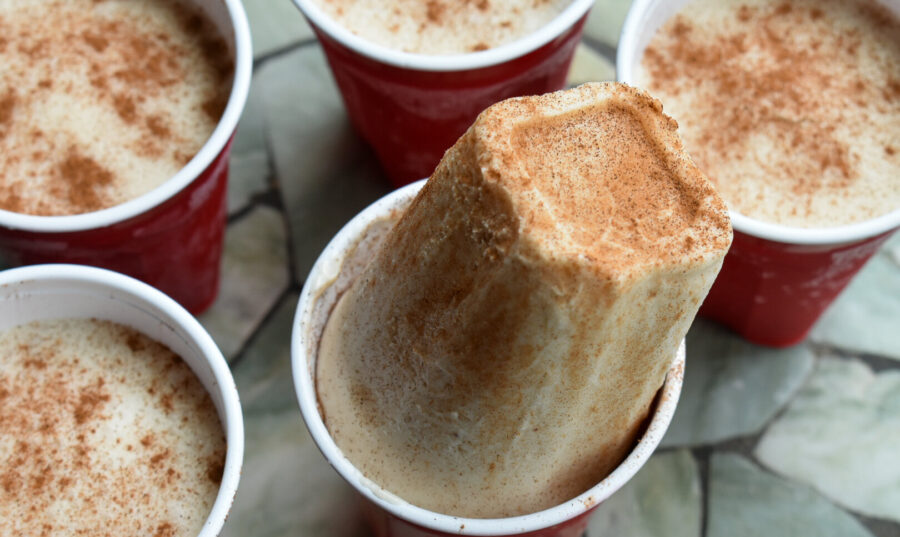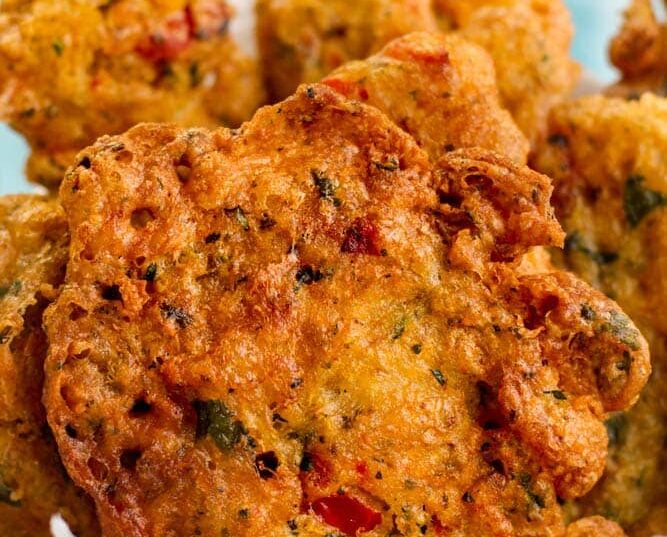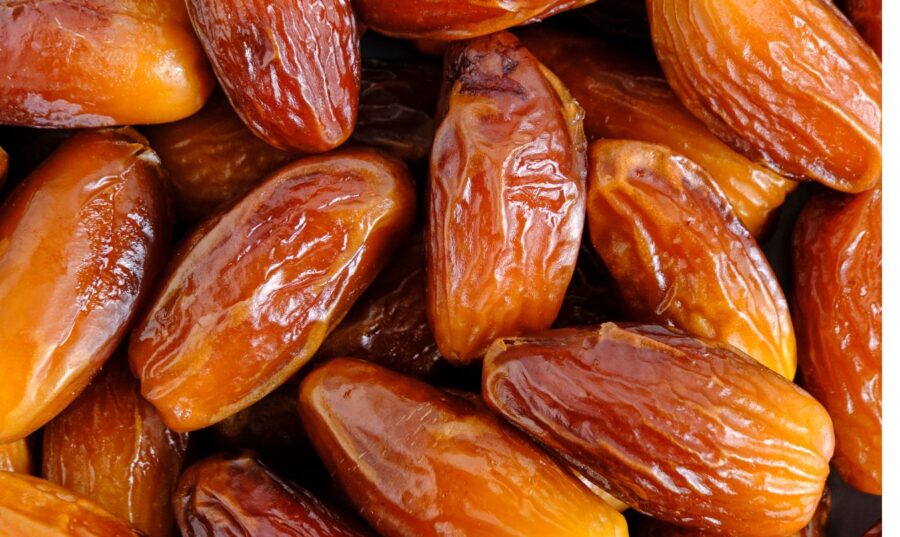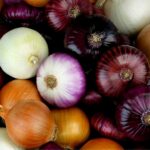|
Getting your Trinity Audio player ready...
|
Most people recognize that eating at home is associated with many health benefits. However, due to lack of time, many do not eat more frequently at home. One strategy to deal with a lack of time is to use the slow cooker.
Slow cookers rose to popularity in the United States during the 1940s, when women began working outside the home. They could start preparing dinner in the morning before going to work and finish preparing food in the evening when they returned home.
Nowadays it is basic and even essential equipment in the kitchen. The modern versions do what they guarantee, they are versatile, multifunctional, offer excellent quality for their price and make life easier in various ways. Below, fifteen benefits.
Benefits
- You save time when cooking. A slow cooker is a useful tool for preparing food while you're at work, away from home, or doing something else. Many slow cooker recipes require only one step, reducing preparation time.
- You save time when scrubbing. Food is cooked in one container, so you won't have a lot of utensils and equipment to scrub, dry, and put away.
- You save money on electricity. This pot will help you save electricity, since you will not have several appliances on at the same time. Plus, slow cookers use less electricity than ovens.
- You save money on cuts of meat. They are a great option for cooking less expensive cuts of meat. These cuts usually have a lot of connective tissue and collagen; so they tend to be a challenge in cooking. When cooked slowly, at a low temperature and with enough liquid, the meat is so tender that it falls off the fork.
- You prepare food in advance. The ingredients can be Combine in this pot the night before, refrigerate overnight, and start cooking in the morning. Also, most models have enough capacity for many servings. Which will allow you to save food for the next day.
- Food is easy to cook. Anyone can master cooking food with this pot, as almost all the ingredients the recipe calls for are added at the same time. You may have to stir them once to coat them with the liquid and seasonings, but that's it. Place the lid on and leave it that way, the pot lid seals in all the moisture and flavor.
- Cooking results are consistent. Since food is cooked slowly and at a stable temperature, it is less likely to burn in this pot. Cooking results using this equipment are quite consistent.
- You reduce the heat in the kitchen. These pots generate almost no external heat, since it remains concentrated inside it.
- More nutrients are retained compared to other cooking methods. Due to the lower temperature, the nutrients in the food remain more stable. Being in a sealed unit, any nutrients that move into the liquid are simply reabsorbed into the food. In addition, when cooking in these pots you will consume less fat and calories.
- It's easy to make healthier meals. Recipes for these pots tend to include more vegetables. It is very easy to add various vegetables that, when cooked with the meat, take on a deliciously rich, meaty flavor. If the idea of boiled carrots doesn't appeal to you, add them to your favorite stew in this pot and the flavors will transform.
- It is convenient for its size options. This allows it to be adapted to your personal needs. Many of the models come from 1 to 10 liters in capacity. They are also available at different prices, depending on your budget. Prices start at $20, although they can cost more than $250, depending on the brand and features.
- They are easy to clean. Slow cookers often have removable, dishwasher-safe containers, making cleanup easier. You will also clean this equipment with hot water and dish soap. Baking soda and white vinegar help with food residue that leaves crusty food rings that are difficult to clean.
- Several of the models are portable. That is, you can take it from your kitchen to a family gathering, to your work or to a party. Then you simply plug it in and serve.
- Various models have Wi-fi connectivity. This benefit allows you to control the cooker through an app on your phone, tablet, or smartwatch. You can turn it on in the middle of the day while you're at work and monitor the progress of your dinner to speed it up or slow it down as needed. Plus, you can set timers and receive notifications that let you know how things are going. This ensures that your food is cooked perfectly every time.
- Advanced glycation end products are significantly decreased (AGE, acronym in English). These harmful compounds are derived from cooking foods at high temperatures. They build up in the body as people age. They are a major cause of inflammation that increases the risk of insulin resistance and type 2 diabetes.
Slow Cooker Challenges
- Only certain types of foods work well in a slow cooker. For example, foods that need to be browned don't work as well unless you brown them in a pan first.
- Foods will not be crispy, particularly those that require it. This type of cooking is slow and steamy, not crunchy at all.
- The mixture of ingredients does not reduce, so it does not concentrate the flavors. It also does not create ultra-concentrated flavor on the sides or bottom of the appliance, as a conventional pot or skillet would.
- If you have frequent fluctuations in the electrical power system in your area, the cooking process could be affected. Some models may not automatically turn back on when service is restored or remain in 'warm-up' mode.
- Meal planning is necessary before cooking in these pots. You must know what exact ingredients are going to be used and prepare them properly. You also have to defrost the meats well so that they cook completely. Additionally, you may have to stick to specific recipes and cooking times, since there isn't much room for improvisation.
- Canned foods can become too soft during cooking. It is best to use them fresh or frozen. Although frozen vegetables tend to make the texture of the food 'waterier'. Defrosting and draining any excess liquid before cooking can help minimize this.
- Some models can be heavy and bulky. That makes them a potential hassle to move if you have limited wrist mobility or upper body strength.
Food Safety
A major concern when cooking on this equipment is ensuring that the meat is cooked to the proper temperature. You should never cook frozen meat in a slow cooker, as it can spend too much time in the 'danger zone' of 40°F to 140°F. This is the temperature range in which bacteria can grow.
You should thaw frozen meat in the refrigerator before cooking it. It is important to make sure you fill this pot at least half full and no more than two-thirds full. Also, you should resist the urge to lift the lid, as this will lengthen the cooking time. The mechanisms of slow cookers vary widely. So even when using a recipe, it is important that you check the temperature of the meat before serving to ensure that the meat is ready and at the correct temperature.
Carmen M. Pérez Velázquez

